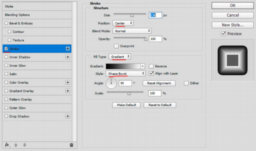This series can now be supported on Patreon. Vote on the roadmap and monthly summaries for December and January are available as reward tier.
- presents how the RGB color representation is based on human vision
- shows how to visualize the visual color range in chromaticity diagrams
- presents the Rec. 709, sRGB, Rec. 2020 and XYZ color space
- shows which color ranges can and cannot be represented in each space
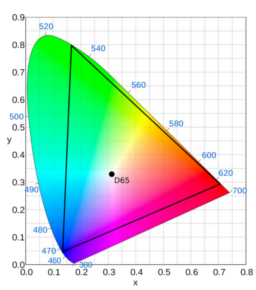
- Crytek removed all presentations from their website
- a user has uploaded a backup copy of many presentations to his dropbox
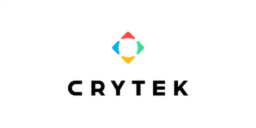
- presents how to optimize the compaction pass in a GPU culling pipeline
- reduce memory bandwidth usage by taking advantage of shared memory and compression of data that needs to be processed
- wrap level and shuffle instructions allow further optimizations
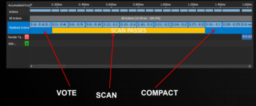
- shows how to simplify the math for constant time sphere indexing (the technique was described in issue 64
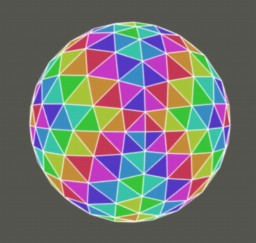
- enables debugging of GPU hangs with D3D12 using Nvidia aftermath
- allows trace comparison
- Support D3D12 NVAPI Metacommand enabling DLSS
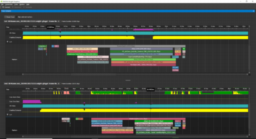
- presentations from Siggraph 2015 have been published
- Deus Ex: Mankind Divided presentations covers:
- shield and skin VFX,
- parallax occlusion mapping
- hair simulation and rendering
- motion blur
- color correction that allows changing the effect depending on the distance to the camera
- Rise of the Tomb Raider presentation covers:
- volumetric lights
- sunlight shadows
- ambient occlusion
- procedural snow deformation
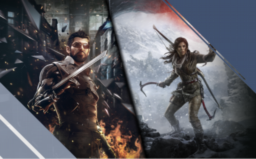
- overview of improvements to the system that allows D3D11 applications to be run using D3D12
- improved threading behavior
- new APIs will allow the underlying D3D12 resources to be requested from the D3D11 objects
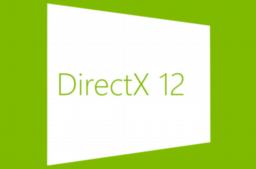
- discusses author’s view on the state of low-level graphics APIs (Vulkan, D3D12, Metal)
- presents how the abstraction level might not be the right one
- too low-level for ease of use but too high-level to guarantee predictable performance on all platforms
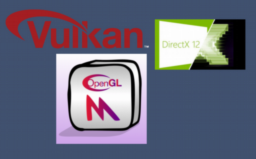
- every few days a new preprint article from the “Ray Tracing Gems” book will be released
- requires a free Nvidia developer account
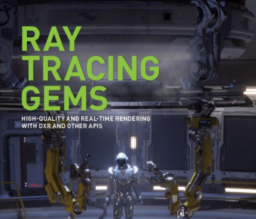
- part 2 of getting started with D3D12 for programmers with D3D11 experience, part 1 discussed in week 70
- shows to create vertex and constant buffers
- explanation of memory management and binding model

- shows how to sample a signed distance field in a Unity UI shader
- signed distance field UI shaders allow the UI to be resolution independent
